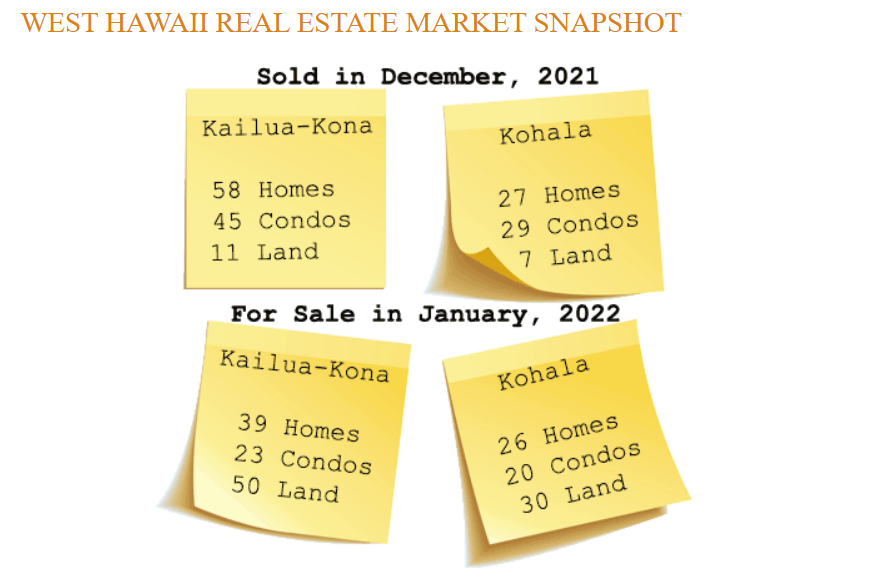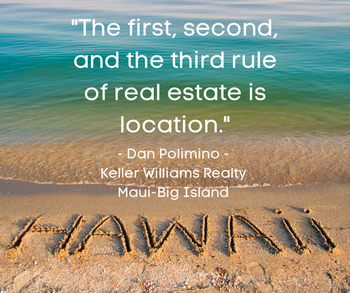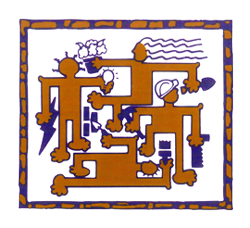Many people are looking to move to Hawaii and build their dream home here, and we are regularly asked about how it can be done. This blog is the first in a series of posts about how to do it and the first step is finding the right lot for you.
Where Do You Want to Live on the Island?
- The Big Island has eleven climate zones that range from beach weather to mountains. This means there is a wide variety of elevations, and the temperatures differ quite a bit from sea level to the mountain areas.
- Weather also varies a lot and there are many microclimates. You will hear people talk about the “wet side” (Hilo side) and “dry side”(Kona side) of the island. The east coast, (windward side), typically known as the “wet side,” gets nearly 140 inches of rain annually. West Hawaii, often known as the “dry side,” (leeward side), only gets about fifteen inches, but that has been increasing in the past few years. However, these are generalizations. We specialize in building on the west side in and around Kailua-Kona, and the weather is very different within this area depending on the elevation and proximity to the ocean, as well as, from south to north.
- Another issue to consider is access to town. This will affect price and lot size, as the closer to town the higher the cost, and the more limited the availability of land. Rural areas are more private, with larger parcels and may be less costly, but depending on where the land is located, you may have to drive more than 20 miles to shop or get medical attention.
- Be sure to consider your “neighbors” and what/who you will be living near. Do you want to be near farms? Have neighbors close by? Be isolated? Have oceanfront living? Be next to vacation renters?
The Reality of Finding Property Once you have a clear idea of where you want to live, it’s important to approach your land purchase with realistic expectations. There is a building boom in Hawaii and real estate inventory is extremely limited. This graphic illustrates how limited the availability of land is in West Hawaii on the Big Island.

Source: Gretchen Osgood, Realtor, Principal Broker, Hawaiian Isle Real Estate
Gretchen Osgood also says, “in the big picture in January [2021], we had 93 houses for sale, 103 condos and 91 pieces of land…we have 50% or less now eleven months later…wow!”
Given these limitations, it may take some time for you to find the lot that fits with your hopes, dreams, and budget.
Find an Excellent Real Estate Agent
To help you find land you will need an excellent realtor. (See our local resources page for a quality realtor.) If you live on the mainland, be sure you hire someone who really understands what you are looking for and your constraints and is well-connected so they can help you find that perfect lot.
What Do Lots Cost?
Lots and land vary from about $350,000 up into the millions. There are some key factors that influence the cost:
- How close the lot is to the ocean and what kind of view it has – shoreline or horizon.
- Is it close to a historical site?
- Does the land need to be excavated? Does vegetation need to be removed? Does it need a grading permit?
- How available is critical infrastructure like water and/or electricity?
- How accessible is the land for construction vehicles? Does it require 4-wheel drive?
- Is the land ready to be built on? Some lots are graded and “build ready” and some are not. This will have a big impact on your costs, e.g. need for stone retaining wall(s) to be put in.
- The presence of lava rock often requires additional processes and may incur additional building costs. Be sure you speak with a builder about the implications for dealing with lava rock on your lot – ideally, before you purchase it.
- What are the county or development limitations or allowances for the lot you are considering?
Take Your Time and Do Your Research
There’s a lot to consider and many decisions to make if you are going to build your dream home in Hawaii. Just keep in mind the following:
- Take your time. (This isn’t the mainland.)
- Do your research.
- Find a reputable builder.
- Prepare and plan.
- Have realistic expectations.



